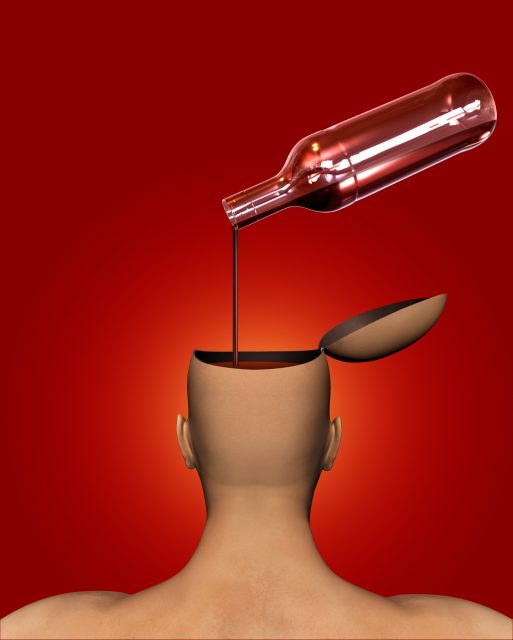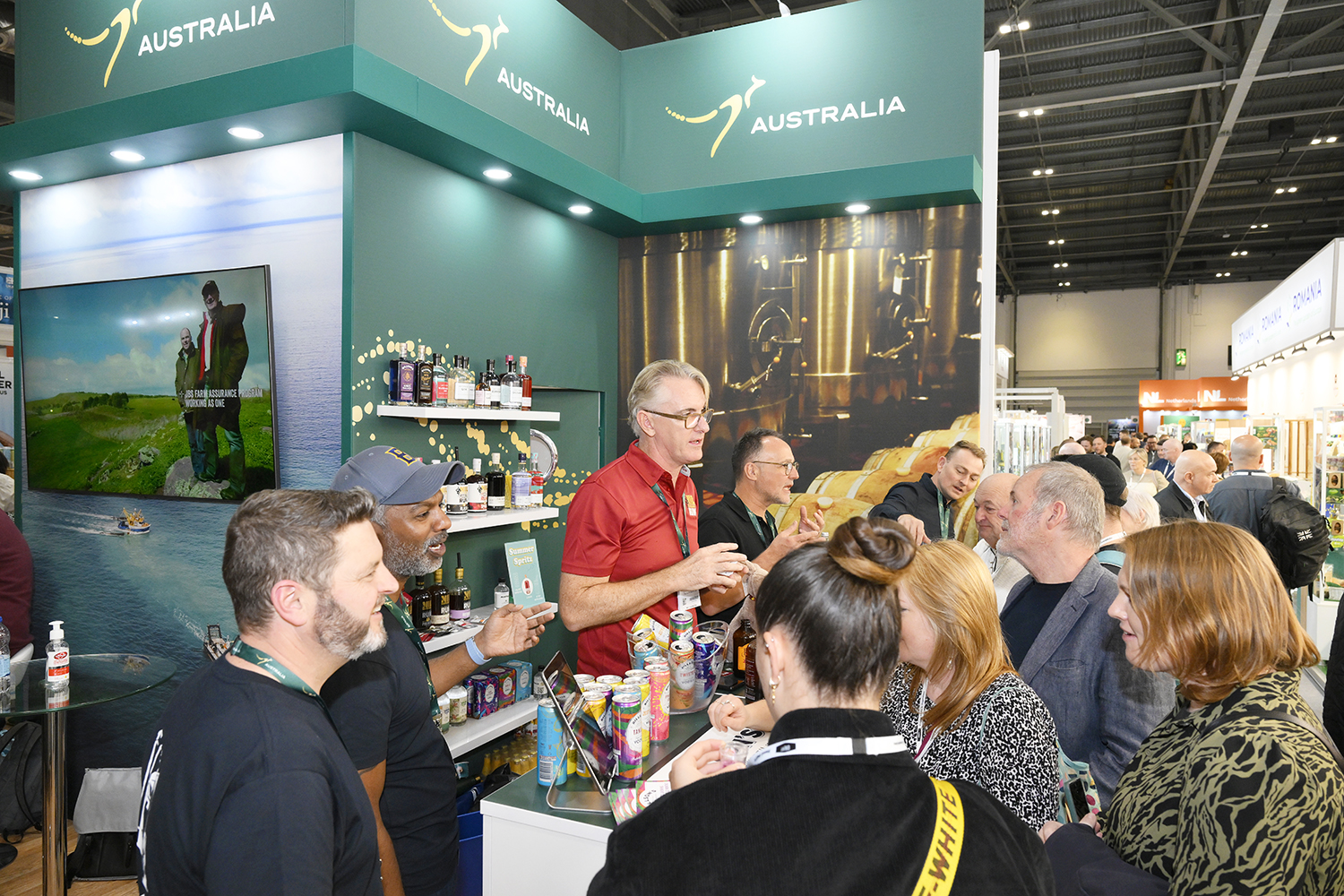Sommelier training reshapes the brain, study reveals
By Eloise FeildenIt’s official: sommeliers are smarter. A new study investigating brain response to tasting wine found that sommelier training doesn’t just refine the palate, but reshapes the brain itself.

The study, ‘Sniffing out meaning: Chemosensory and semantic neural network changes in sommeliers’, investigated whether brain response to tasting wine differs between sommeliers and nonexperts.
Scientists conducting the research wanted to learn whether sommeliers were more advanced not only when it came to picking out subtle differences between the wines, but also whether they could better translate them into complex verbal descriptions.
The researchers observed structural differences in the brain between sommeliers and casual wine drinkers.
Findings from the study also revealed that sommeliers and casual drinkers engaged different brain regions while tasting wine. Casual drinkers used their frontal cortex more, suggesting more effort was exerted during the tasting. Sommeliers were better at activating the parts of their brains which use language and taste, and making connections between the two.
Manuel Carreiras, the scientific director of the Basque Center on Cognition, Brain and Language, headed up the research.
“The current study represents one of only a handful of experiments that have examined sommelier brain structure and function during tastings,” the researchers concluded. “Our results indicate that experience and experience in wine tasting likely modulate both the tasting and language circuits to produce superior flavour recognition abilities, as displayed by sommeliers during blind tastings.”
Partner Content
How were they tested?
Scientists used Functional MRI analysis to understand the differences between how sommeliers and casual wine drinkers use their brains when tasting wine.
A group of 28 healthy adult volunteers were used in the study, divided between trained sommeliers and casual wine drinkers.
Both parties were given four different Spanish wines to taste while their brains were hooked up to an MRI machine, and asked to rate the complexity of each wine.
Their ability to judge complexity was also then judged following the MRI scan, where they were given the same activity to do in order to measure how well the sommeliers could pick up on subtle differences in the wine’s flavour and aroma.
The wines given to participants included a Penedès Chenin Blanc, a Godello from Valdeorras, a Ribera del Duero Tinta del país 100% Tempranillo and, considered the most complex, a Priorat red blend of Garnacha, Cabernet Sauvignon, Syrah, and Cariñena.
“A very complex wine, as a result of blending Grenache, Cabernet Sauvignon, Carignan, and Syrah. Purple colored, with blue hues. Its aroma is concentrated and heady, covered with tobacco and ripe cherries. With moderate acidity and abundant earthy red fruits, it overlaps with coffee, licorice, and spices, all harmonized by the subtle and well-balanced tannins. Its presence in the mouth is long and with a final touch of peach.” (Description of 2012 Clos Mogador by a sommelier who participated in this study).
Sommelier training has picked up traction in recent years, particularly in Japan, where gaining qualifications is particularly popular. In the early 2000s, certified sommeliers in Japan numbered around 7,000. As of 2023, the Japan Sommelier Association lists just shy of 40,000 such accredited specialists in the country, according to The Japan Times.
Related news
The top performers from The Global Wine Masters 2024




